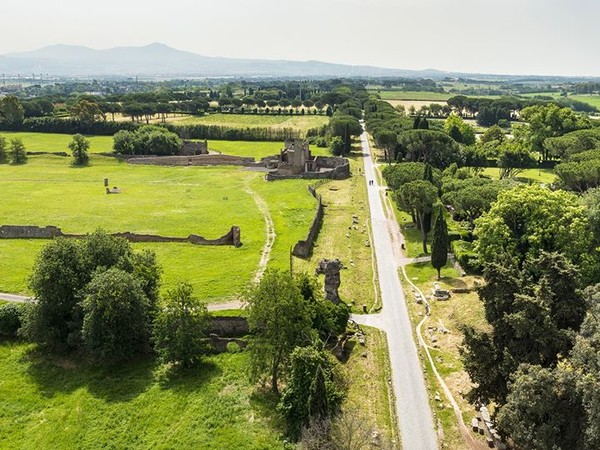



The Appia Antica Regional Park is the largest urban park in Europe and is a protected natural area of about 4 580 hectares established in 1988 by the Lazio Region within the municipalities of Rome, Ciampino and Marino.
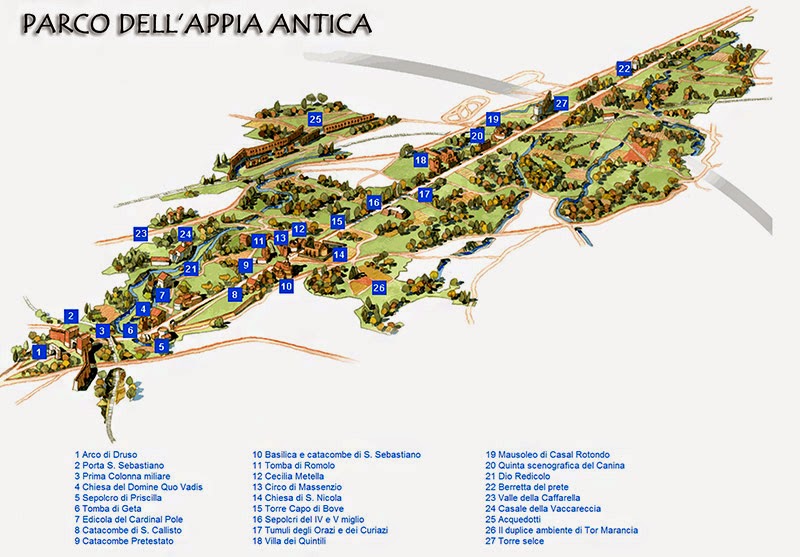
A priceless heritage
Along the Appian Way you will encounter extraordinary testimonies of the history of Rome from the Republican period onwards.

Among the best known are the Porta San Sebastiano and the Aurelian Walls, the Tomb of Geta, the Sepulcher of Priscilla, the area of the Circus and the Imperial Palace of Maxentius, the large round mausoleum of Cecilia Metella, the area of Capo di Bove , the Villa dei Quintili and the 7 Bassi, the large cylindrical sepulcher, known as Casal Rotondo, all of the republican and imperial period.

The catacombs of S. Callisto, of Domitilla (at the edge of the perimeter), of S. Sebastiano date back to the first centuries of Christianity, of which the above Basilica of Pretestato is also very popular; medieval, Renaissance and Baroque are the numerous churches scattered along the route, Santa Maria in Palmis, famous with the name of Quo vadis; medieval also the towers and fortifications, often built on the ruins of Roman monuments, such as the castle built by the Caetani around the sepulcher of Cecilia Metella.

The territory of the Park also includes the Caffarella Valley, crossed by the Almone river, the most important testimony of the ancient agricultural landscape near the city, but also rich in monuments from every era, such as the Temple of the god Redicolo (or Cenotaph of Annia Regilla ), the Nymphaeum of Egeria, the church of Sant'Urbano, the medieval towers and valleys.

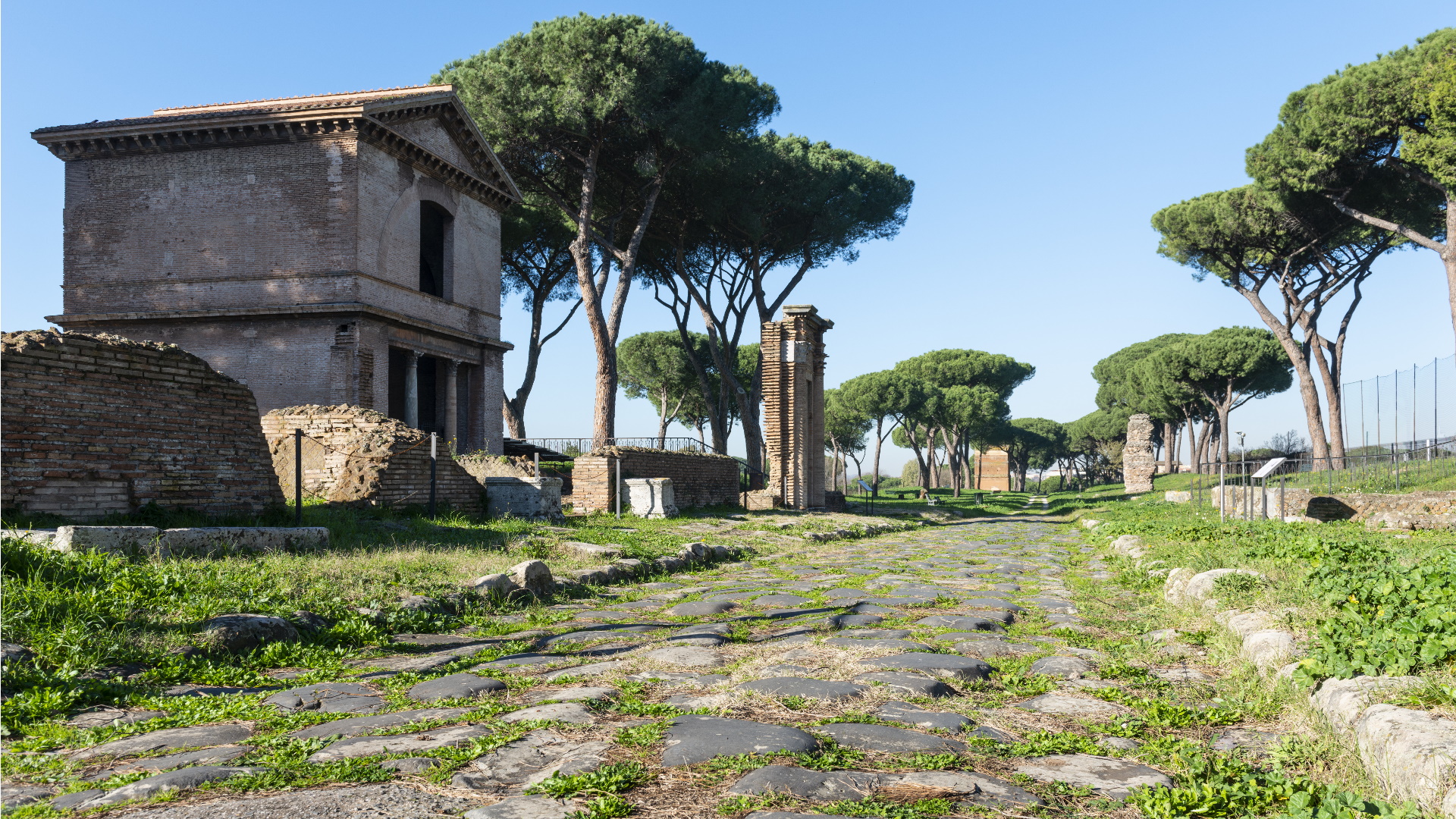
The complex of the Latin Tombs is also spectacular and the area of ??the Aqueducts and Tor Fiscale is not to be missed, with the mighty ruins of the pipelines that supplied the city with water, between the majestic Claudio-Anio Novus Aqueduct.
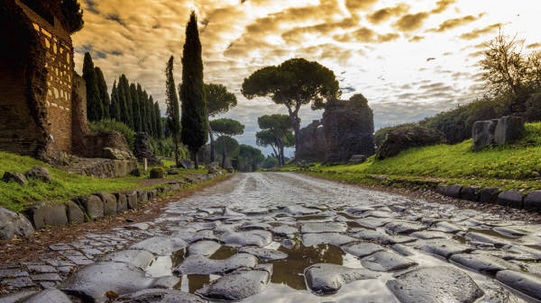
The biological corridor of Rome
In the ecological network of the city of Rome, the Park represents the most important biological corridor for the entry of elements of naturalness into the urban center, but also for the elements of biodiversity present in it.

The botanical investigation (floristic and vegetation) has highlighted an extremely fragmented eco-mosaic, characterized by vegetation increasingly marginalized by the various anthropic activities, but with useful potential for a process of renaturation of the park.
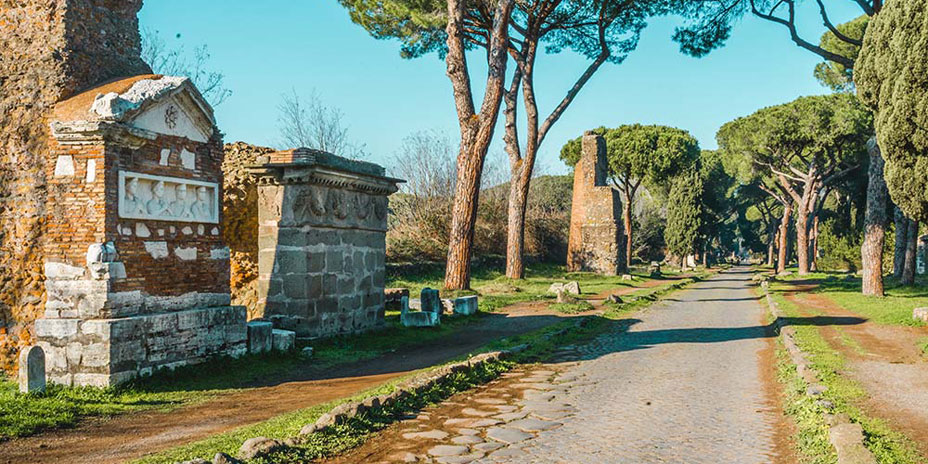
The partial abandonment of small and large agricultural and quarry areas are the areas in which the greatest faunal values ??are found, both in terms of community wealth and of scientific, conservation and biogeographical interest.


There are many areas included in the Park that are characterized by important naturalistic values.

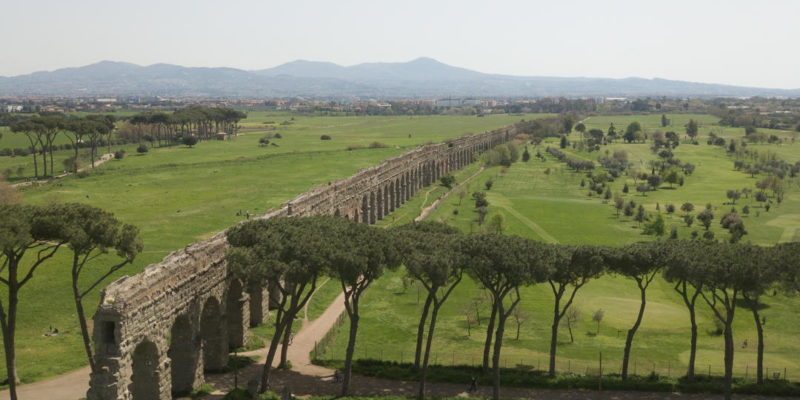
The ancient Bosco Farnese, for example, near the Via Ardeatina, is made up of downy oaks and cork oaks; among the monuments of the Circus of Maxentius a ruderal flora of great interest has settled: olive trees, almond trees; a thick Mediterranean scrub with brambles, alaterno, mastic; undergrowth shrubs such as hawthorn, fusaria, dogwood, wild blackthorn.

In the setting of the Villa dei Quintili, the blooming of spontaneous orchids abound in the humid meadows.
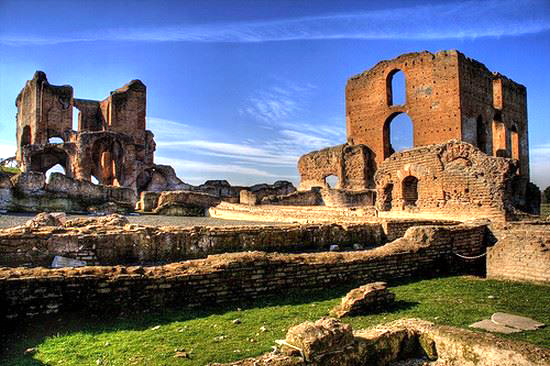
In the area of ??the pond there is the peeled buttercup.

In the Tor Marancia area, which has recently entered the Park, and which retains a good naturalness, along the Fosso di Tor Carbone there are the sedge and large black poplar trees.

Appia Antica Park - Virtual Tour 360°
Address: Via Appia Antica, 60
Phone: 065135316
Site:
https://www.parcoappiaantica.itLocation inserted by
Marco Messina